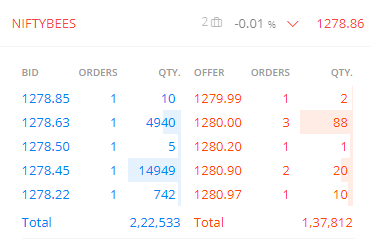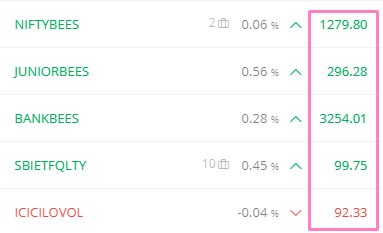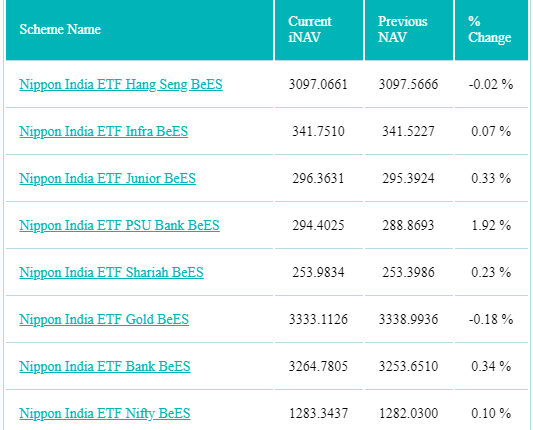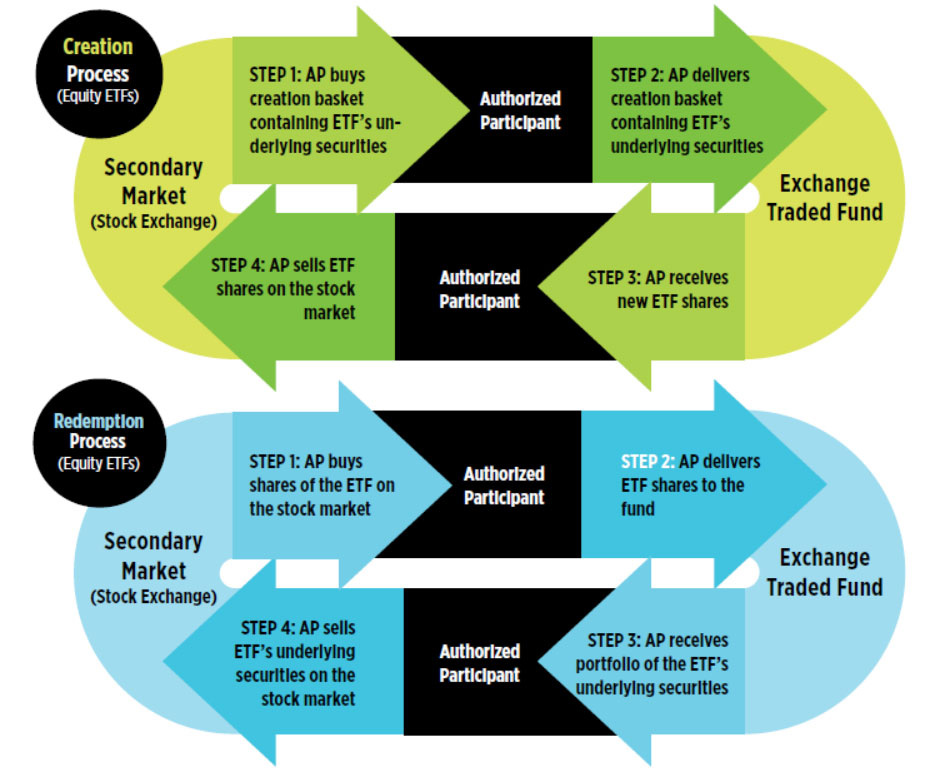Edelweiss is set to launch a debt ETF that will only hold bonds issued by public sector undertaking (PSUs). Before I explain more about the ETFs, a few basics.
What is an ETF?
An ETF or exchange traded fund is a mutual fund that trades on the exchange just like a stock. Most ETFs are passive ETFs and they replicate an index. For example, a Nifty 50 ETF holds the shares in it
But the key difference is how ETF units are created. When you invest in mutual funds, the AMC collects orders till 2 PM and then goes and buys the stocks at the end of the day. Post 9 PM, the AMC discloses the Net Asset Value (NAV).
Authorized participants (APs)
When you buy an ETF, you don’t deal with the AMC. The AMC appoints special participants called as Market Makers or Authorized participants (AP). Their job is to provide liquidtty on the exchanges. They do this by creating and destroying ETF shares (units). Market makers offer two-way quotes i.e. both bids and offers. If you are wondering how does the market maker money, he makes the spread between the bid and offers. Here’s the market depth of Niftybees

Notice the difference of about 60 paise. The AP buys at bids and sells at offers, making the difference. Now, remember, in a mutual fund, the AMC creates the MF units and there’s no need of market makers because mutual funds don’t trade. But in an ETF, sometimes severe mispricings occur and the price between bids and offers widens significantly. In such a case, the market maker will step in and offer liquidity and reduce the spread. The way an AP does this is, let’s say there are too many buyers and too few sellers, the AP will create ETF units and destroys units if there are too many sellers.
Another important thing to know if the difference between NAV and the price of an ETF
When you add an ETF to your Kite marketwatch, what you see on your screen in the price. This is essentially what the market is willing to pay.

Now, this price may or may not reflect the value of the underlying holdings. Because the price is based on demand and supply and sometimes there might imbalances in them. NAV is the theoretical price of the underlying holdings/number of units. All AMC websites display the NAV. Check this screenshot.

iNAV - Intraday Net Asset Value
NAV - end of the day net asset value
Notice the difference between the iNAV and the price? That’s because the market maker keeps a spread from him to make money and because of the demand and supply.
To do this, an AP will first buy all the underlying shares of the ETF and give them to the AMC which in turn will give him ETF units. Now the market maker will go on the exchange, sell them and reduce the spread. Since the demand is too much, the price of the ETF would have been high, and as the market maker (AP) continuously sells, the premium is his profit. Because he bought the shares when he created ETF units at the prevailing market price and sells the ETF units at a premium. If there too many sellers and too few buyers, the AP will do the opposite by destroying units. He will buy the ETF units and give them to the AMC, which will give him the shares that make the ETF. The AP will then sell the shares and profit the difference.
ETF.com
Always use limit orders and always check the NAV on the AMC site
Indian ETFs have very low volumes, which means the price of the ETF can be wildly different than the iNAV. Whenever you are buying an ETF, always check the iNAV (intraday NAV) on the AMC sites and then place limit orders. Please don’t place market orders, no matter what.
